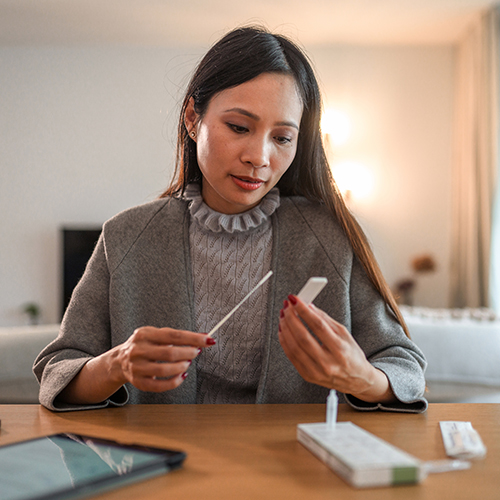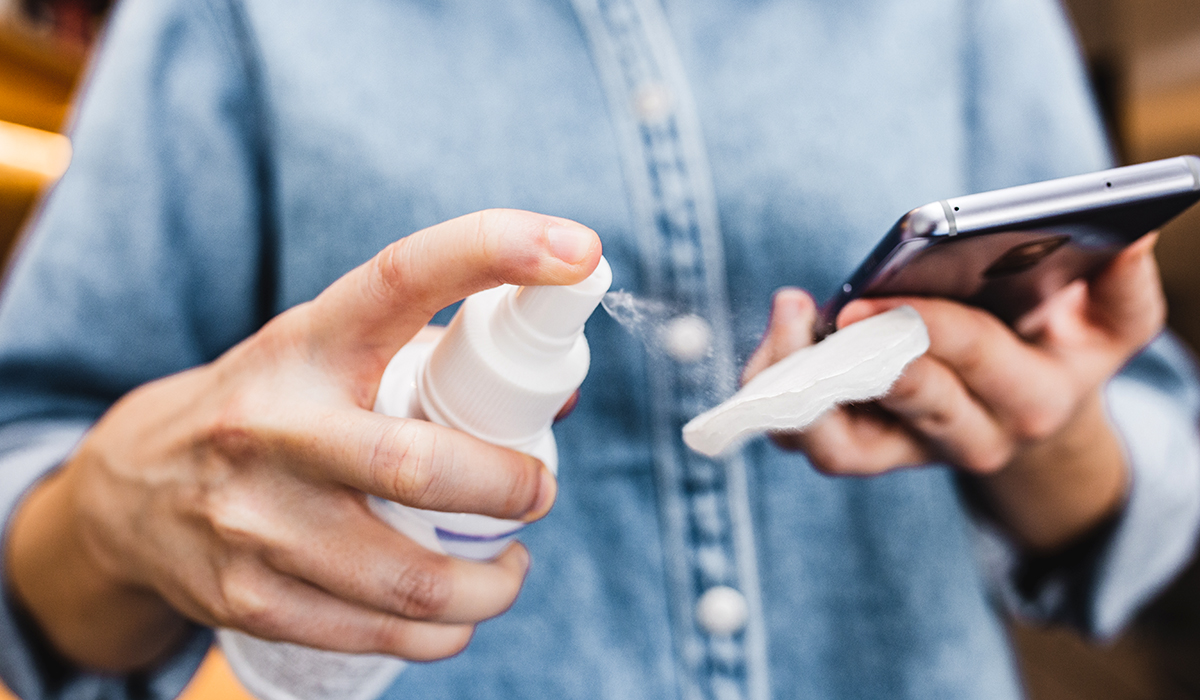September 2018
A person who has the flu can spread it to others up to about six feet away, according to the Centers for Disease Control and Prevention (CDC). Most experts believe flu viruses are spread mainly by droplets made when people with flu cough, sneeze or talk. These droplets can land in the mouths or noses of people who are nearby or possibly can be inhaled into the lungs. Less often, a person might get flu by touching a surface or object that has flu virus on it and then touching her mouth or nose.
The CDC recommends avoiding sick people and staying home if you’re sick. Wash your hands often with soap and water for at least 20 seconds. If soap and water are not available, use an alcohol- based hand rub. Linens, eating utensils, and dishes belonging to those who are sick should not be shared without washing thoroughly first. Frequently touched surfaces should be cleaned and disinfected at home, work and school.
The flu is contagious. Most healthy adults may be able to infect other people beginning one day before symptoms develop and up to five to seven days after becoming sick. Children may pass the virus for longer than seven days. Symptoms start one to four days after the virus enters the body. That means you may be able to pass on the flu to someone else before you know you are sick.
What’s one way you can’t catch the flu? From the flu vaccine, according to Harvard Medical School. The vaccine is made from an inactivated virus that can’t transmit infection. People who get sick after receiving a flu vaccination were going to get sick anyway. It takes a week or two to get protection from the vaccine. But people often assume that because they got sick after getting the vaccine, the shot caused their illness.



